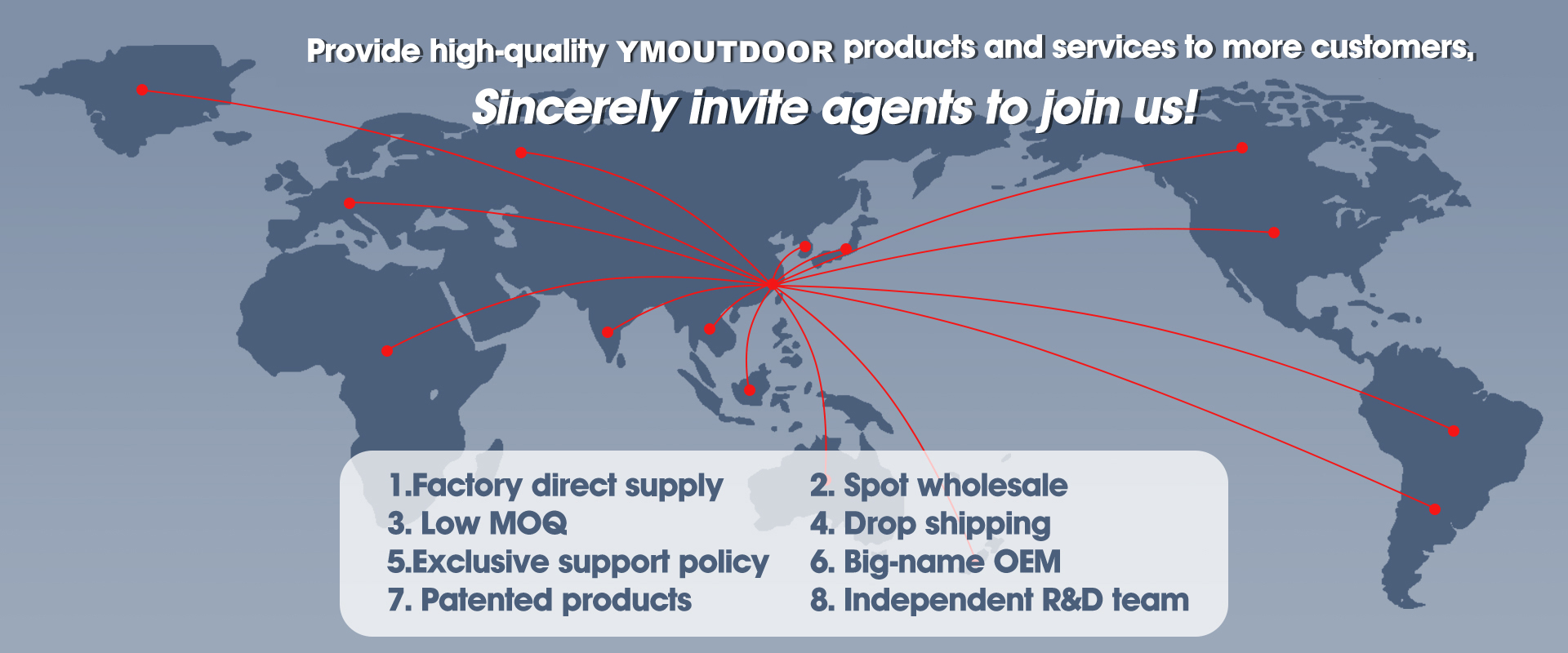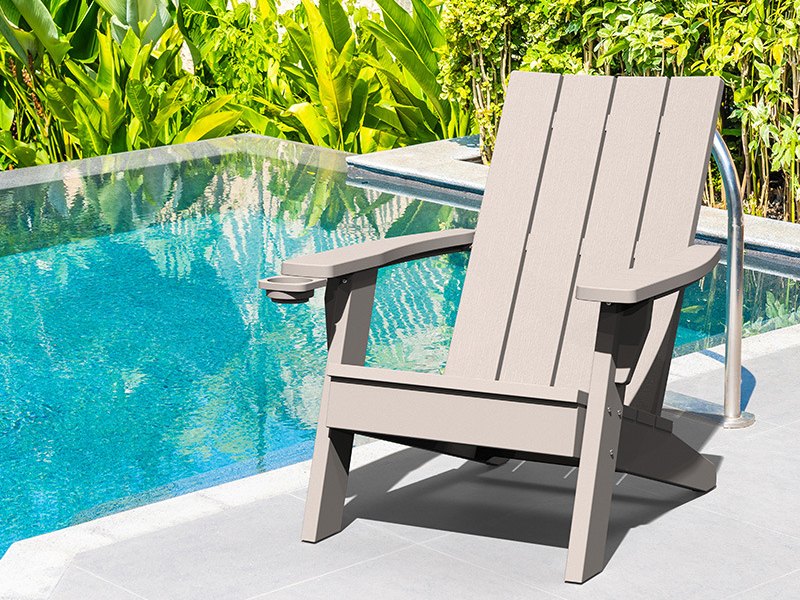
Wb'fhéidir go mbeidh orainn beagán níos mó machnaimh a dhéanamh ar siopadóireacht le haghaidh troscáin lasmuigh ná mar a dhéanaimid nuair a bhíonn muid ag siopadóireacht le haghaidh troscáin laistigh. Tá sé seo amhlaidh toisc go mbíonn troscán lasmuigh i gcónaí faoi lé coinníollacha aimsire crua agus is féidir le hábhair a bheith an-tábhachtach. Más mian leat go mairfeadh do tháblaí agus do chathaoirligh níos faide amuigh faoin aer, ba cheart duit a bheith níos cúramaí anailís agus comparáid a dhéanamh ar na hamhábhair a úsáidtear chun iad a dhéanamh sula gcinnfidh tú iad a cheannach.

WHen a thagann sé le plaisteach, tá gach duine aon choimhthíoch dó, ach i ndáiríre, tá plaisteach teaghlach an-mhór.
Plaistigh bithbhunaithe
Bio-based plastics are made from renewable biological resources. For example, sugar cane is processed to produce ethylene, which can then be used to make polyethylene. Starch can be processed into lactic acid, which can then be used to produce polylactic acid (PLA).
Plaistigh Indhíghrádaithe
Degradable plastics are plastics that are degraded by microorganisms into water, carbon dioxide (or methane) and biomass under specific conditions.

Plaistigh Innealtóireachta
Engineering plastics offer higher performance than standard materials, making them ideal for harsh engineering applications. In many applications, they have gradually replaced traditional engineering materials such as wood or metal because they not only equal or exceed traditional materials in weight/strength ratio and other properties, but are also easier to manufacture, especially in applications with complex designs.
Roisíní Eapocsa
Epoxy resins have been around for over 50 years and are one of the most successful of the plastics family. Their physical state can change from a low-viscosity liquid to a high-melting solid, which means that a wide variety of materials with unique properties can be manufactured. At home, you'll find them transformed into soft drink bottles and a variety of packaging materials, and they're used as protective coatings for everything from beds, garden chairs, office and hospital furniture to supermarket carts and bicycles. They are also used in special industries, such as protecting the surfaces of ships, oil rigs and wind turbines from the effects of bad weather.
Polaistiréin leathnaithe
Expanded polystyrene or EPS is a widely used commodity polymer. It is widely used as a shockproof packaging material for machinery and equipment, instruments, household appliances, handicrafts and other fragile and valuable products, as well as for fast food packaging.
Fluarapolaiméirí
Fluoropolymers are known for their outstanding non-stick properties, which are associated with their use as coatings on cookware and as stain repellents for fabrics and textiles. They have also contributed to significant advances in aerospace, electronics, automotive, industrial processes (chemical and power sectors, including renewable energy), construction, food and pharmaceutical, and medical applications. The best-known member of fluoropolymers is PTFE (polytetrafluoroethylene).
Polaiolifíní
Polyolefins are polymers of polyethylene and polypropylene thermoplastics. They are produced primarily from petroleum and natural gas through the polymerization process of ethylene and propylene, respectively. Their versatility makes them one of the most popular plastics today.
Polaistiréin
Polystyrene is a synthetic polymer made from styrene monomer, which is a petroleum liquefaction product. It is a thermoplastic polymer that softens when heated and can be transformed into a variety of final products through semi-finished products such as films and sheets.
Polúireatán
Polyurethane is a flexible, pliable and durable man-made material. There are various types of polyurethanes that look and feel very different from each other. They are used in a very wide range of products. In fact, we are surrounded by products containing polyurethane in all aspects of our daily lives. While most people are not familiar with polyurethanes because they are often "hidden" behind covers or surfaces made of other materials, it is hard to imagine life without them.
Clóiríd polaivinile
Polyvinyl chloride was one of the first plastics to be discovered and one of the most widely used. It comes from salt (57%) and oil or natural gas (43%). It is the third most widely produced synthetic plastic polymer in the world, after polyethylene and polypropylene.PVC comes in two basic forms: rigid (sometimes abbreviated as RPVC) and flexible.
Teirmeaplaisteacha
Thermoplastics are polymers that can be melted and recast almost indefinitely. They melt when heated and harden when cooled. However, when frozen, thermoplastics become glassy and break easily. This material can be repeatedly reheated, remolded and cooled. Therefore, thermoplastics are recyclable in production. Some of the most common types of thermoplastics are polypropylene, polyethylene, polyvinyl chloride, polystyrene, polyethylene phthalate, and polycarbonate.
Agus an oiread sin ábhar iontach á dhéanamh isteach i réimse troscáin lasmuigh, is táirge an-glas é troscán lasmuigh plaisteach, ní hamháin go bhfuil sé marthanach agus fíor-íseal cothabhála, ach is féidir é a athchúrsáil go hiomlán ag deireadh a shaolré úsáideach.
Mar gheall ar an dromchla réidh, is féidir troscán plaisteach lasmuigh a ghlanadh go héasca le gallúnach agus uisce agus ceirt, rud a fhágann gurb é an rogha iontach é do dhaoine leisciúil.
Buntáistí a bhaineann le Troscán Plaisteacha Allamuighï ¼
The beauty of plastic outdoor furniture is that they require little maintenance.
Tá sé resistant taise, ní bheidh sé mildew, agus seasann sé suas go dtí na heilimintí gan gá le sealers nó vearnais.
Tá sé an-inacmhainne freisin, ar fáil i réimse dathanna, agus is féidir breathnú cosúil le haon ábhar eile.
Buntáiste eile is ea go bhfuil troscán plaisteach éadrom agus is minic gur féidir é a chruachadh
In-athchúrsáilte
Míbhuntáistí a bhaineann le troscán plaisteach lasmuighï ¼
- D'fhéadfadh nach mbreathnódh troscán lasmuigh plaisteacha uigeach chomh hard sin
- D'fhéadfadh sé buille amach i aimsir foircneach